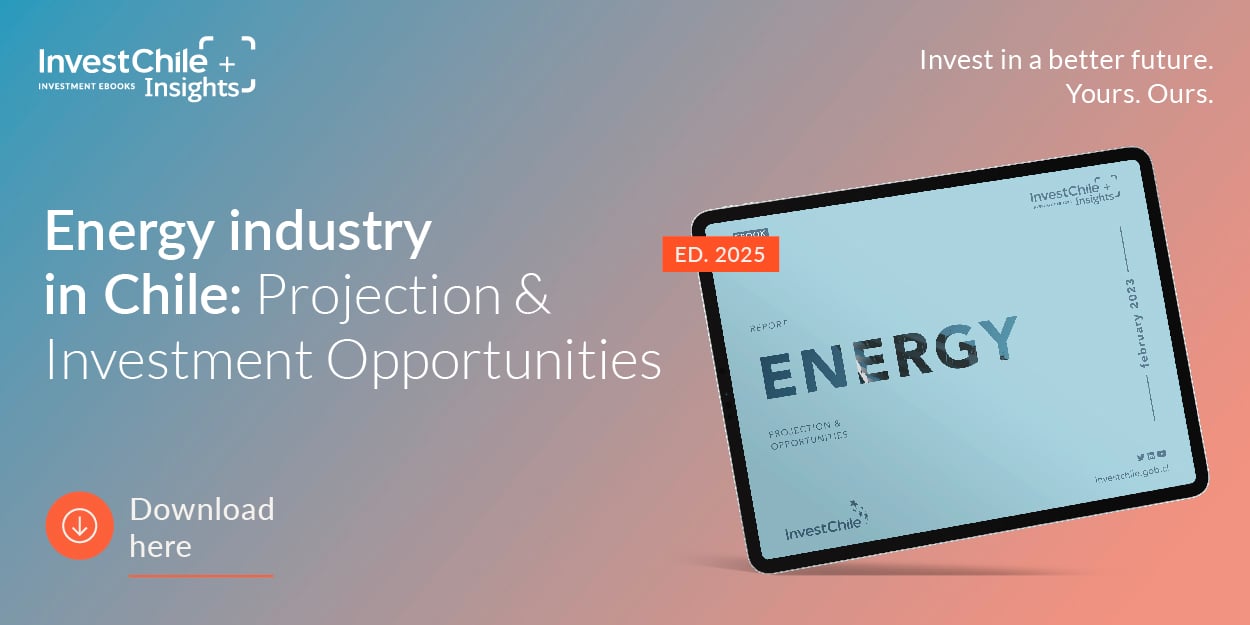The laboratory is located at El Romero Solar, a photovoltaic plant in northern Chile’s Atacama Region, and will start operation in October, characterizing and testing latest-generation solar panels.

The El Romero Solar plant, developed by Spanish multinational Acciona, is the largest in Latin America. It is located in the Vallenar municipal in the middle of the Atacama Desert. As from this month, it will house the first Latin American Innovation Hub of Acciona’s energy arm, which will be used to test and characterize the latest photovoltaic technologies.
This laboratory is in addition to the one the company already has in Spain where it tests photovoltaic panels manufactured mainly in the United States and China, the countries that dominate this market.
According to Belén Linares, Acciona’s Director of Energy Innovation, the company installed the hub in Chile to accompany and contribute to the energy business there, without needing to import Innovation and Development (I&D). This reflects the Atacama Desert’s ideal conditions for carrying out tests and resolves the company’s need to characterize and test panels manufactured by third parties in order to achieve their maximum yield.
“Chile and the El Romero area, in particular, offer perfect conditions - radiation, reflection and albedo (the percentage of radiation that is reflected by a surface) - to test these technologies. The tests are carried out faster, and the high radiation and harsh conditions of the Atacama Desert test aspects such as degradation, dirt and erosion of the panels,” explains the Spanish executive.
These tests will allow the company to learn how to use the solar panels, controlling, programming, cleaning and installing them, so as to obtain the maximum possible energy. “This is a laboratory in Chile from which to import I&D for all our photovoltaic plants around the world,” says Linares.
She points out that, over the past ten years, investment globally in photovoltaic technology has reached some US$37 billion, with the result that, over the same period, the cost of generating solar energy has decreased by 85%. “As global investment in I&D increases, the cost of generation goes down,” she notes.
Tests
Linares indicates that solar panels manufactured by companies, technology centers and universities will be tested at the hub. It will have 1,280 modules distributed in three groups of panels: bifacial panels (which reflect from both sides), split-cell monofacial panels with a different structure, and thin-film modules. “Manufacturers sell the panels but each utility has to do the I&D to characterize and calculate the yield curve,” points out Linares.
The tests will begin with bifacial panels manufactured by China’s JDA Solar in order to determine their optimal location and achieve a higher than normal yield as well as with the split-cell panels of US-based First Solar.
"We are also going to test two tracking models or, in other words, the structures that move the panels, produced by STI Norland and Soltec, which are specially prepared to house innovative panels, particularly bifacials,” she says.
Over the past 18 months, Acciona has been working with the Catholic University of Chile (PUC) on a research project with photovoltaic panels that will be tested at the hub. Linares explains that PUC will develop them with the Energy Research Centre of the Netherlands (ECN). “They are developing the innovation to install 32 kilowatts (kW) in the hub," she adds.
Linares indicates that, in the case of complementary photovoltaic technologies, they will be testing models to predict accumulation of dirt, the robotization of cleaning and aerial thermal imaging with drones to detect defects and analyze data.
For the implementation of the model to predict dirt accumulation, they are working with Fundación Chile and Suncast, a start-up, which “will implement its prediction model so as to know with greater certainty what production is at 25 hours and decide on the methodology for cleaning the panels. When they are cleaner, they produce more, but cleaning is expensive and you have to find the optimal relation,” explains Linares.
To find out more about investment opportunities in renewable energies in Chile, see this article.
Source: Diario Financiero



%2017.11.51.png)

